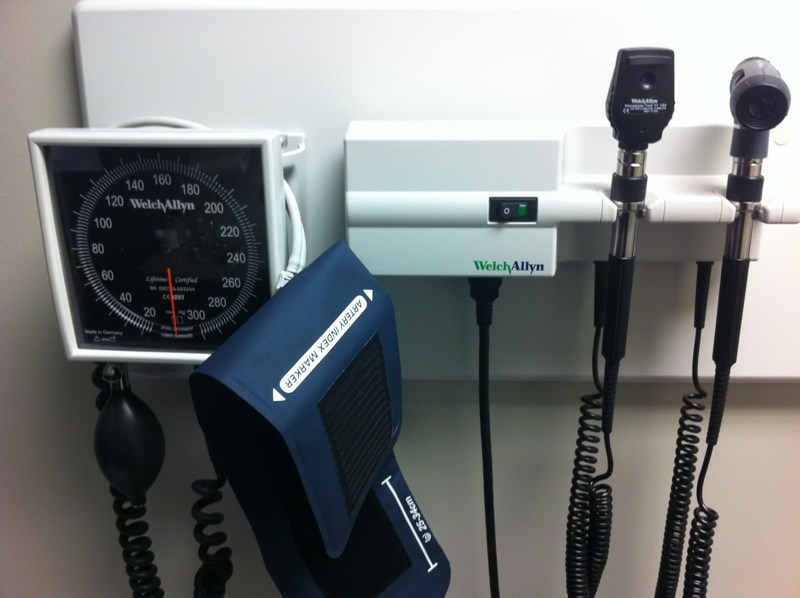‘Regulatory capture” is a well-known phenomenon that was researched and described by Nobel-prize winner Joseph Stiglitz and the Public Choice theorists.
It occurs when a regulatory agency is “captured” by the very industry it is supposed to regulate, and the agency’s efforts are turned toward protecting the industry rather than protecting the public. In B.C., we have two recent classic examples.
On April 12, the Times Colonist ran a column (“Dysfunctional dental group prompts reform”) about the College of Dental Surgeons of B.C. in which it was reported that the college met only about 60 per cent of the international standards for good governance and was “focused on protecting the interests of dentists instead of the public.” This finding has prompted the health minister to order the college to implement all 21 recommendations made by an independent consultant to clean up its act.
The College of Physicians and Surgeons of B.C. is a parallel agency that regulates physicians. The college makes rules for physicians that have the force of law and that have a significant impact on the public. For instance, they directly control the number of physicians licensed in B.C. Yet nine of its 15 directors are elected directly by the members of the college themselves. In other words, the public is always outvoted by the doctors.
The subtle way in which this plays out in the real world is well illustrated by the recent promulgation by the college of physicians of proposed new Procedural Pain Management accreditation standards. These standards were developed in a completely opaque manner by a “provincial panel of subject matter experts” and are proposed to be monitored and enforced by unspecified “medical leaders.”
The proposed standards are detailed and lengthy, even going so far as to specify the number of air exchanges per hour that a facility must have in order for providers to do procedural pain management. The net effect of such requirements is to restrict the use of these techniques to hospitals and surgical centres. They have essentially taken the same standards that apply to hospital operating rooms and applied them to pain management.
But PPM is not surgery. It involves the placement of needles at sources of pain and using either injected solutions or electrical means to mitigate the pain. It has been performed safely in physicians’ offices for decades because it is no more invasive than a needle stick.
The college, however, claims that “this [PPM] can create significant risk of harm to patients,” but offers no evidence to validate the claim. Inquiries as to whether there has been an increase in complaints or malpractice suits are met with a form letter saying essentially “just trust us.”
Qui bono? Who benefits from these regulations? The direct result is that more advanced pain-management procedures would be restricted to fewer physicians. Such procedures are more highly reimbursed and thus, physician specialists practising in hospitals and surgical centres would reap the benefit of an artificially constrained supply — i.e. monopoly.
The proposed policies call for unspecified “physician leaders” to monitor and evaluate their peers. These “leaders” thus have the power to eliminate their own competitors and will thereby benefit from less competition.
The proposed rules require operating-room standards for doctors’ offices.
Upgrading to these standards is a complex and expensive process that would significantly disrupt any medical practice. Many office-based physicians will not be willing or able to comply and will opt out, thus decreasing competition with surgical centres and hospitals and therefore increasing demand at those facilities. Surgical centres and hospitals are winners.
The complex and subjective task of monitoring and credentialling PPM will fall to the college. The agency will require more personnel and a larger budget. The executives in charge of the college will be able to command higher salaries.
And who are the losers? By its own calculation, the college says that 30 to 40 per cent of physicians now doing pain management will no longer be able to provide PPM. This is probably an underestimate.
Assuming that it is correct, however, this means that perhaps more than a third of the province’s capacity to treat pain procedurally will be lost. It means long(er) wait times, long trips to specialists, long fights with the medical bureaucracy, more and longer pain and suffering for patients.
Who loses? You do. Policies such as these (and there are many of them) made by and for the medical bureaucracy artificially restrict medical practice and are the reason why it’s hard to find a doctor in B.C.
Theodore E. Harrison, MD, MBA, is a retired specialist in regenerative medicine.



